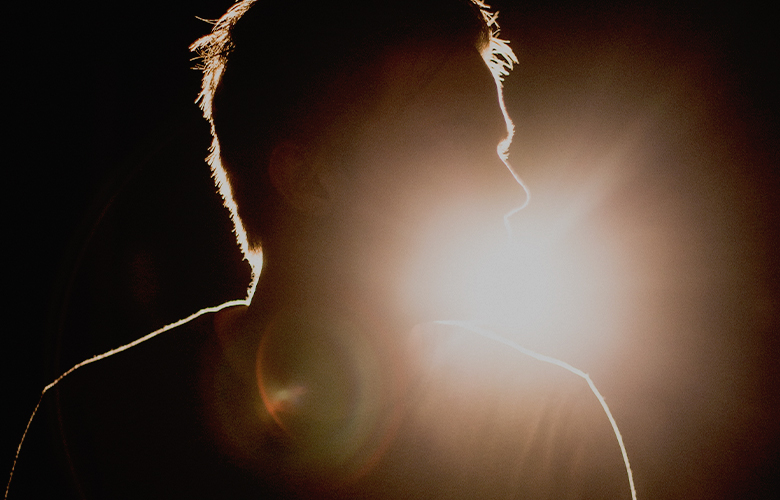
I went to see a play recently. Together with some girlfriends we decided to have a night out on the town, with a dinner and a show. Not all of us are theatre people, so I was going as a true audience member, not a theatre artist. We ate, we laughed, and with a few minutes to spare, we made our way into our seats. The set was breathtaking, and included a full size oak tree, so we spent some time admiring it. Then the house went to half. And the house went out.
The familiar part of an old ritual, preparing me for the story about to unfold. The moment before. It dawned on me that I am a part of the group that creates this magic.
There is an immediacy in the theatre not present in other art forms. It pulls the viewer into the moment in a life of a fellow human being. The life presented to us is something we recognize as some part of ourselves. But we don’t know what we’ll see in the moment before. We wait, and in the waiting we become quiet and present. We silence and put away our devices and become ready to immerse. Following that moment, our whole lives could be transformed.
This might be a big ask for a play. Perhaps you’ll see just one such play in your lifetime, perhaps you won’t see any. However, each good play can offer something special, be it a moment of escapism, reflection or even transformation. And they all start with the moment before, where you transform from “you” into “the audience”.
Is the audience for whom we do plays? I’d argue, yes, they are.
That is its ephemeral nature. So we have to wonder, what do we want the take-away to be? How should the audience feel after their experience? How does the story we tell influence others?
It’s easy to lose track of that during long tech rehearsals, endless paint calls or after yet another prop is broken (seriously y’all?). It’s easy to forget about the big picture among the minutiae of an ever growing to-do list. But isn’t the big picture why we got into this in the first place?
Robert Edmond Jones has a wonderful quote which encapsulates this philosophy perfectly: “Does this mean that we are to carry images of poetry and vision and high passion in our minds while we are shouting out orders to electricians on ladders in light-rehearsals? Yes, this is what it means” (Dramatic Imagination, 131).
Break a leg and make some magic. Capture our audiences in the moment before, and keep them enthralled for all the moments after.
How To Make and Impression As A New Theatre Major
Design: Moving Through Creative Block


Ola Kraszpulska has a BFA in Theatrical Design and Production from Marshall University and a MFA in Scenic Design from Florida State University. She is currently working as the Assistant Professor of Scenic & Lighting Design at State University of New York at Oswego.
Read Full Profile© 2021 TheatreArtLife. All rights reserved.

Thank you so much for reading, but you have now reached your free article limit for this month.
Our contributors are currently writing more articles for you to enjoy.
To keep reading, all you have to do is become a subscriber and then you can read unlimited articles anytime.
Your investment will help us continue to ignite connections across the globe in live entertainment and build this community for industry professionals.